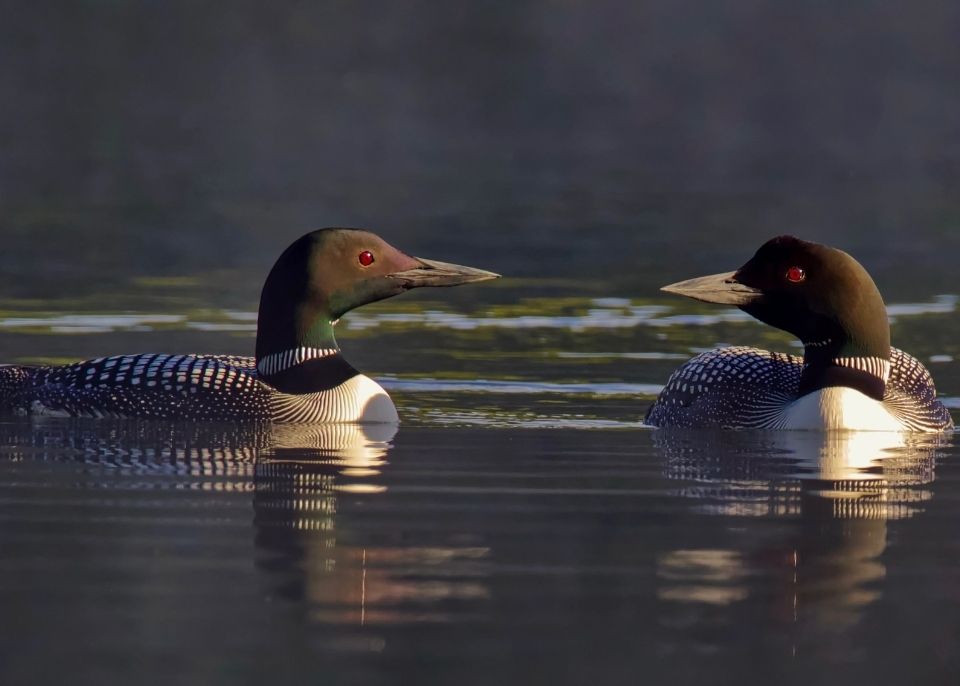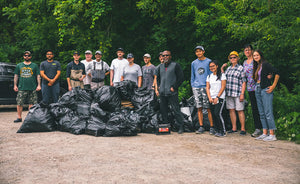The Common Loon may not be a Canadian national animal; although many may think it is or should. The loon can be found in every province and territory in the country. The loon can also be found on the $1 coin called the “Loonie.”
If you have never had the experience to see a loon or hear their magnificent call in person, you are truly missing out.


Loons typically find themselves on clear water lakes, as clear water is ideal for hunting their prey as they mainly feed on crawfish and fish. I recently had the joy of watching a family on Loons doing just that in Algonquin Park.
Humans have had a negative impact on the population of loons. As a family of hunters, anglers, and outdoor enthusiasts, we all should care about the strength of the population of loons.
Loons have never traditionally been hunted, however, some Europeans hunted loons for their flesh as sport many years ago. While some anglers have seen them as competition and hunted them to “manage” their populations. But historically, loons have never been hunted for food as their meat does not taste good, whether it is boiled, baked, smoked, or dried. Thankfully, loons are a protected migratory bird and are illegal to hunt in Canada and the U.S.
Surprisingly anglers are the ones having the greatest impact on the loon population. It is estimated that 20-30% of all loon mortalities that occur in eastern Canada are due to lead poisoning from the ingestion of lead-containing sinkers or jigs used by anglers. One single lead sinker or jig is toxic enough to kill a loon or any other water bird!

These deaths can be avoided by anglers by swapping out their lead weights and jigs for ones made of other materials such as bismuth, clay, steel, tin, or tungsten. If you are on a lake that has loons, let’s all protect their population by avoiding lead-containing sinkers and jigs.




